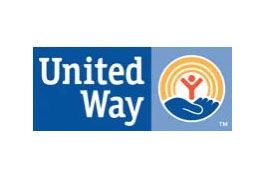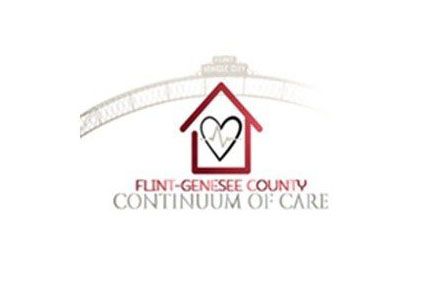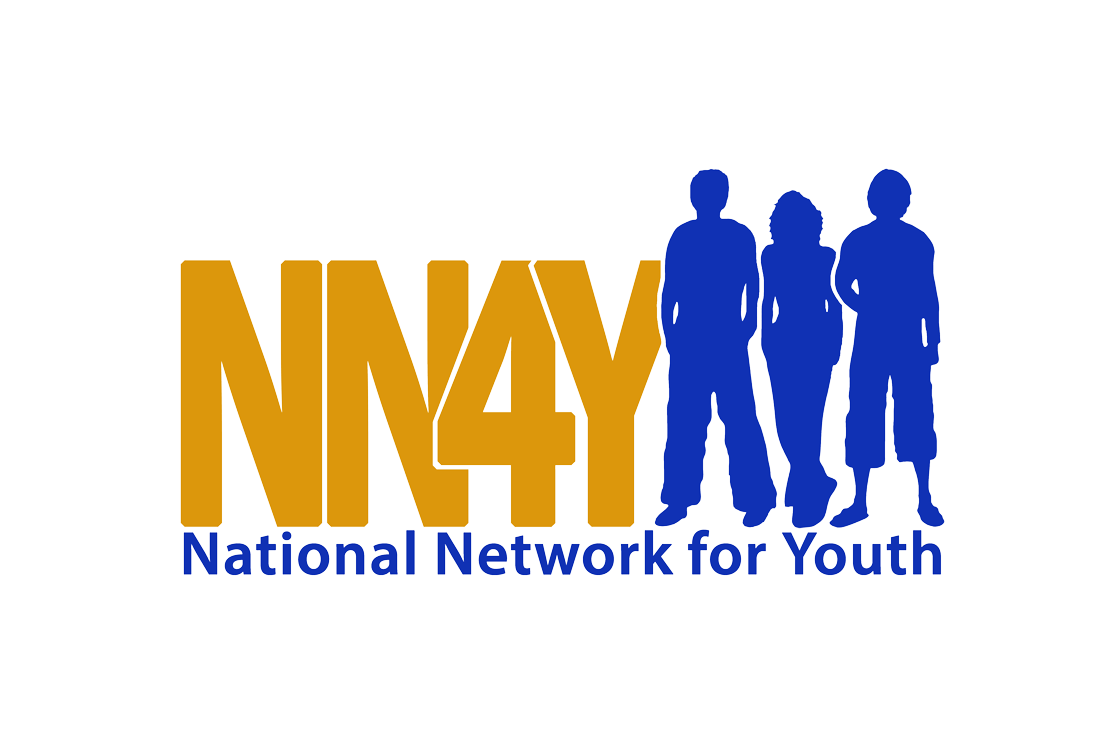
REACH (810) 233-8700
Traverse Place (810) 341-6328
Street Outreach Youth (810) 449-3667
Street Outreach Adult (810) 553-0056
Street Outreach Lapeer & Shiawassee (810) 210-4399
Human Trafficking is the recruitment, transportation, transfer, harboring or receipt of people through force, fraud or deception, with the aim of exploiting them for profit. Men, women and children of all ages and from all backgrounds can become victims of this crime, which occurs in every region of the world. The traffickers often use violence or fraudulent employment agencies and fake promises of education and job opportunities to trick and coerce their victims.
Unodc.org
1 (888) 373-7888
National Human Trafficking Hotline
Common Misconceptions
Human trafficking is always or usually a violent crime.
The most pervasive myth about human trafficking is that it often involves kidnapping or physically forcing someone into a situation. In reality, most traffickers use psychological means such as, tricking, defrauding, manipulating or threatening victims into providing commercial sex or exploitative labor.
All human trafficking involves sex.
Human trafficking is the use of force, fraud or coercion to get another person to provide labor or commercial sex. Worldwide, experts believe there are more situations of labor trafficking than of sex trafficking, but there is much wider awareness of sex trafficking in the U.S. than of labor trafficking.
Traffickers target victims they don’t know.
Many survivors have been trafficked by romantic partners, including spouses, and by family members, including parents.
Only undocumented foreign nationals get trafficked in the United States.
Polaris has worked on thousands of cases of trafficking involving foreign national survivors who are legally living and/or working in the United States. These include survivors of both sex and labor trafficking.
Only women and girls can be victims and survivors of sex trafficking.
Men and boys are also victimized by sex traffickers. LGBTQ boys and young men are seen as particularly vulnerable to trafficking.
Human trafficking only happens in illegal or underground industries.
Human trafficking cases have been reported and prosecuted in industries including restaurants, cleaning services, construction, factories and more.
Human trafficking involves moving, traveling or transporting a person across state or national borders.
Human trafficking is often confused with human smuggling, which involves illegal border crossings. In fact, the crime of human trafficking does not require any movement whatsoever. Survivors can be recruited and trafficked in their own home towns, even their own homes.
If the trafficked person consented to be in their initial situation, then it cannot be human trafficking or against their will because they “knew better.”
Initial consent to commercial sex or a labor setting prior to acts of force, fraud, or coercion (or if the victim is a minor in a sex trafficking situation) is not relevant to the crime, nor is payment.
People being trafficked are physically unable to leave their situations/locked in/held against their will.
That is sometimes the case. More often, however, people in trafficking situations stay for reasons that are more complicated. Some lack the basic necessities to physically get out – such as transportation or a safe place to live. Some are afraid for their safety. Some have been so effectively manipulated that they do not identify at that point as being under the control of another person.
Labor trafficking is only or primarily a problem in developing countries.
Labor trafficking occurs in the United States and in other developed countries but is reported at lower rates than sex trafficking.
All commercial sex is human trafficking.
All commercial sex involving a minor is legally considered human trafficking. Commercial sex involving an adult is human trafficking if the person providing commercial sex is doing so against his or her will as a result of force, fraud or coercion.
People in active trafficking situations always want help getting out.
Every trafficking situation is unique and self-identification as a trafficking victim or survivor happens along a continuum. Fear, isolation, guilt, shame, misplaced loyalty and expert manipulation are among the many factors that may keep a person from seeking help or identifying as a victim even if they are, in fact, being actively trafficked.
Child sex traffickers usually kidnap their victims or otherwise take them by force.
Most child sex traffickers operate by building trust with victims, and manipulating them into sexual exploitation.
Parents and other adults should be on the lookout for strangers who are hunting for children to exploit.
Children are far more likely to be trafficked by people they know – including members of their own family.
Some teenagers get involved in the sex trade because they have loose morals. We shouldn’t worry about them.
Anyone involved in selling sexual services who is under the age of 18 is a victim of sex trafficking under U.S. law.
The only way to reduce child sex trafficking is to arrest all the perpetrators.
Law enforcement is an important partner in the work but arrests alone will not solve this. Building and supporting strong families and communities will help prevent child sex trafficking before it happens.
All children are equally at risk for sex trafficking.
As with adults, children who have certain other risk factors are also going to be more at risk for trafficking. These include children who have been abused or faced trauma, children in unstable living situations and children in families battling addiction.
All child trafficking involves sex or prostitution.
Children are victimized in laboring trafficking situations as well, in the United States.
Who is Most Vulnerable?
“It can happen to anyone,” and “it’s happening in your backyard,” are common in the anti-human trafficking field. Technically, they are true: Anyone can be trafficked, in any community, just as anyone can be the victim of any kind of crime. But the real story is that while it can happen to anyone available evidence suggests that people of color and LGBTQ+ people are more likely to be trafficked than other demographic groups. That’s not a coincidence. Generational trauma, historic oppression, discrimination and other societal factors and inequities create community-wide vulnerabilities. Traffickers recognize and take advantage of people who are vulnerable in certain ways.
Youth and young adults experiencing homelessness often remain invisible as they live on the streets, in shelters, in their car or by staying temporarily with others. Homeless young people have already been failed by numerous systems – and people – who were supposed to help keep them safe. They are in survival mode, lacking the basic necessities of life – a safe place to live, regular sources of food. That’s when traffickers swoop in.
How Traffickers Lure People In
Stories become weapons in the hands of human traffickers – fantastical tales of romantic love everlasting and happily ever afters, or tall tales about decent jobs, good wages, waiting for vulnerable workers, just over the horizon. Sometimes, the stories themselves raise red flags. Let’s say, for example, a teacher learns her student plans to run away with a man who promises to make her a model. Other times, traffickers or potential traffickers tip their hands through recruitment.
Social media has become a part of our everyday lives and has changed the way we communicate with friends and family. While many of these platforms have created more ways to keep in touch, meet new friends, and even start relationships, there is also a dark side. Social media has become a platform for human traffickers to recruit potential victims through insincere romantic relationships.
People you know might be vulnerable to trafficking if they:
- Have an unstable living situation
- Have a history of domestic violence
- Has a caregiver or family member who has a substance abuse issue
- Are runaways or involved in the juvenile justice or foster care system
- Are undocumented immigrants
- Are facing poverty or economic need
- Have a history of sexual abuse
- Are addicted to drugs or alcohol
Here are a few situations that might raise concerns:
- A would-be employer refuses to give workers a signed contract, or asks them to sign a contract in a language they can’t read
- A would-be employer charges a potential worker fees for the “opportunity” to work in a particular job
- A friend, family member, co-worker or student appears to be newly showered with gifts or money or otherwise become the object of
some kind of overwhelming, fast-moving and asymmetric (young/older; wealthy/struggling) romantic relationship
- A family member, friend, co-worker or student is developing a relationship which seems “too close” with someone they know solely on social media
- A family member, friend or co-worker is offered a job opportunity that appears too good to be true
- A family member, friend or co-worker is recruited for an opportunity that requires them to move far away but their recruiter/prospective employer evades answering their questions or is reluctant to provide detailed information about the job.
Source: https://polarisproject.org/








